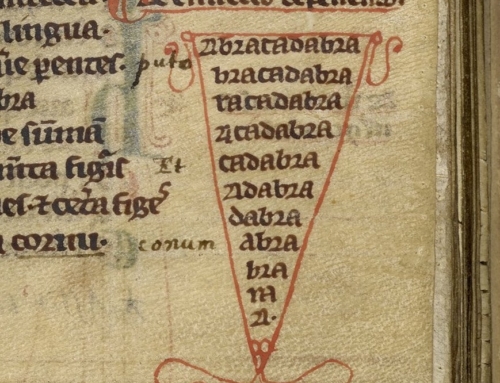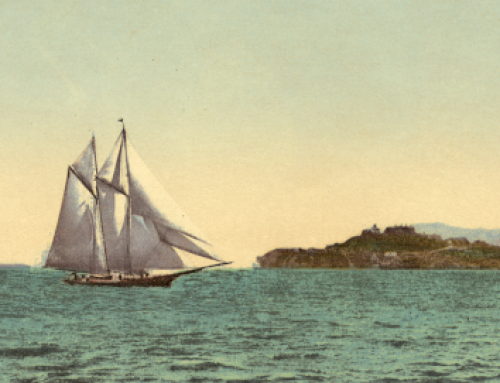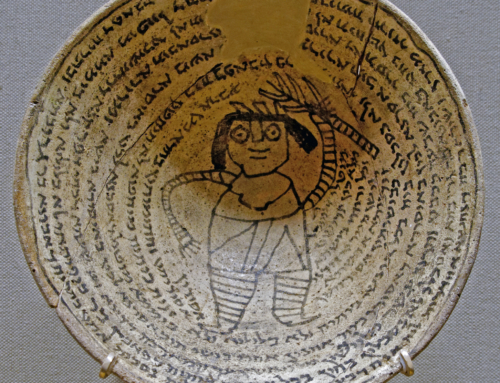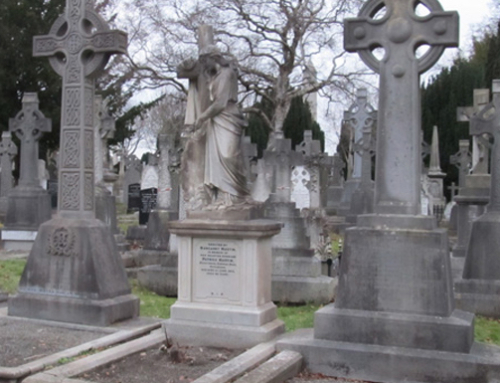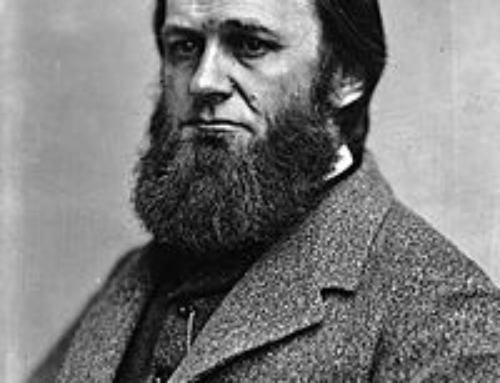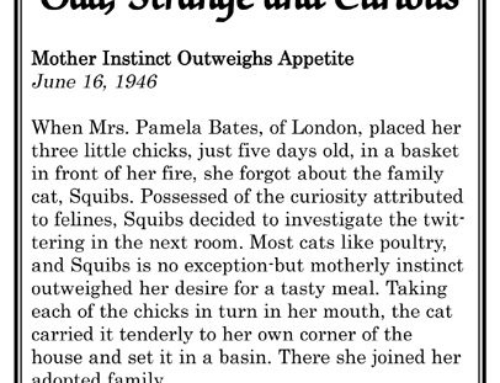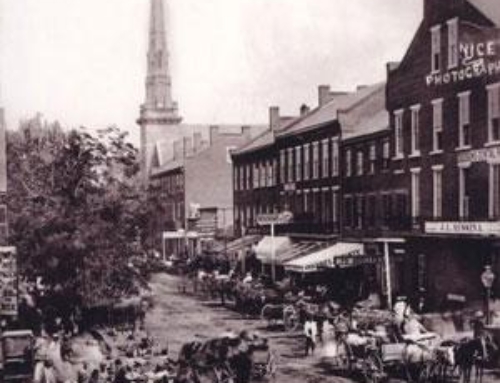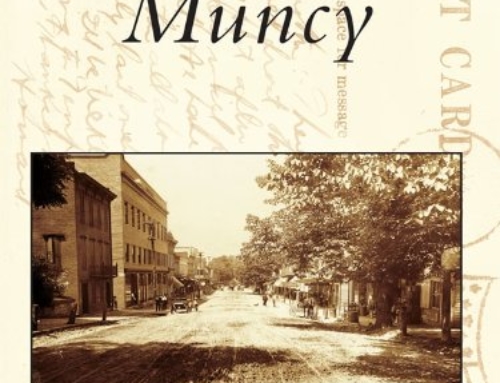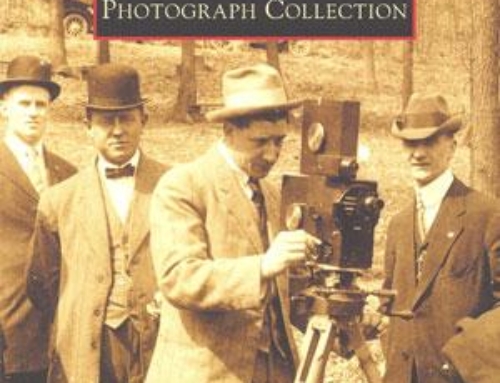DUNLAP, Kansas — On a lonely, country road in Dunlap, Kan., a monument to the memory of Exodusters soars. An engraved stainless steel plaque stretches between two pillars of limestone and marks the family farm of a freed slave.
Built by Jack Davis, whose family bought the farm more than a century ago, the monument honors the thousands of African Americans who fled the lower Mississippi Valley for Kansas, seeking a better life.
Sometimes called “Exodusters,” a derogatory term coined by newspapers of the time, they’re former slaves who left the South in 1879 after Reconstruction failed to grant them the benefits of citizenry: the freedom to live as they chose, vote freely and own land. Instead, Reconstruction resulted in the Black Codes, new laws that reinforced oppression, exchanging the chains of slavery for the yoke of tenant farming and sharecropping.
But more than abject poverty, Exodusters fled the anarchy and violence that followed the Civil War when marauding ex-Confederate soldiers and angry Southerners forged the Ku Klux Klan. This “tide of disorder” swept through the South with its members stealing livestock, burning barns, terrorizing and killing African Americans.
Most immigrants were spurred by word of mouth, while others followed organizers such as Benjamin “Pap” Singleton of Tennessee and Henry Adams of Louisiana. Entire communities immigrated to Kansas, “the Garden Spot of the World” and home of abolitionist John Brown.
The story of the Exodusters is a difficult one to tell because, as historian Nell Irvin Painter writes in ” Exodusters: Black Migration to Kansas After Reconstruction,” it was a movement “of poor, rural Southern Blacks not sufficiently Westernized to write their own histories,” largely ignored by scholars.
It’s an important story to Davis, who built his monument to Kansas Exodusters and his family after a life-changing event: doctors diagnosed him with stage IV pancreatic cancer in spring 2010.
“My doctor finally listened to me in March 2010. She said I had spots and lesions on my liver,” Davis said. “I went to the VA (Veteran’s Administration). They said ‘don’t worry about your liver; you have stage IV pancreatic cancer. You have three months to live.’
“I just take life a day, a week at a time,” he said. “I have gone past the doctor’s timeline and am doing good. I could make it years longer. Not likely, but possible.”
So with the time he has left, he built the monument, which consists of donated steel and two massive slabs of limestone, purchased from Higgins Stone Co. of Wamego, Kan. The twin, rough-hewn pillars stand 10 feet out of the ground in the garden of the former family farm, which Davis sold in 2010 to his neighbors and friends Clayton and Patricia Finney, who moved in the area as a young couple and now operate a ranching business, Wright Creek Ltd.
There, Davis recalled, his family raised cattle, horses, hogs, chickens and other livestock, and grew wheat, milo, sorghum as silage for the cattle, corn, alfalfa and prairie hay.
“My grandfather always had a large garden. Everyone who came to our house, if they left hungry, it was their fault. I remember hearing the older folks say they starved, but if they went to the Davis place, they got full,” he said.
The son of a mixed-race couple, Davis didn’t grow up with his mother. “My daddy never married, and I haven’t either. I was the only child my dad had. Because of racial differences, families would not let them marry.”
As a child, he called his aunt Velera Davis “Mommie,” and would listen to her stories. “Since I was a child, I listened to the older folks talk. Unfortunately, my memories of the stories and the people are vague.”
One of his favorite memories of growing up in Kansas was the sense of connectedness.
“The older people were always ‘Cousin’ or ‘Aunt.’ It seemed like a big, extended family. They’ve since moved all over the U.S. and some are quite famous,” he said.
Davis also moved quite a bit, working as a “Jack of all trades, master of none,” he said.
His experience includes stints as a roofer, farmer, painter and a mechanic. He’s driven 18-wheelers in all 48 contiguous states, as well as dump and oil field trucks. A third assistant engineer, he’s served on ships around the world, including tankers, ore carriers, dive boats, supply boats and fish processors and catchers.
“I was going to sea making good money. While at home, I was rebuilding buildings and fences, trying to keep the place up,” he said. “Then, from 1979 to 1986, vandals destroyed the property. No one knew anything. My family tied up the farm. When I got it back, I could not rebuild. There were no others that I could pass it to that could and would successfully farm the place. I sold the family farm that my Dad and his father spent their lives building.”
It was a close friend’s eldest son, Terry Lyon, who helped “Uncle Jack” erect the monument along Road 300, Lyon County, in Americus, Kan.
“He has been an invaluable help, loaning tools, equipment, his help, the use of his place,” Jack said. “This would have been a lot more difficult without him.”
Although it is tucked away in rural Kansas, the monument is important to Davis personally, and should be important to the descendants of all Exodusters, he said.
“Very few people are even aware of the Exodusters. People forget, or deny, their history. Many have never heard of the contributions of their ancestors,” Davis said. “The descendants of the Kansas colonies have moved all over the U.S. and various countries. Some are successful; others are on welfare or in between.”
It is his hope that a local historical society will help preserve the monument. His lifelong friend Ustaine Talley, now in her 70s, is gathering notes and oral histories for the event. She is planning a dedication ceremony in August 2010.
“I have tried to use durable materials so it will last for centuries,” he said. “I hope it lasts as long as the land.”
POSTCRIPT: Jack L. Davis was born on April 22, 1932 and passed away on Monday, December 13, 2010.
A Monument to Exodusters by Robin Van Auken is licensed under a Creative Commons Attribution 3.0 Unported License.
Based on a work at www.robinvanauken.com.








